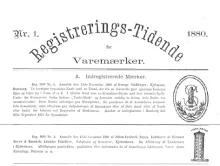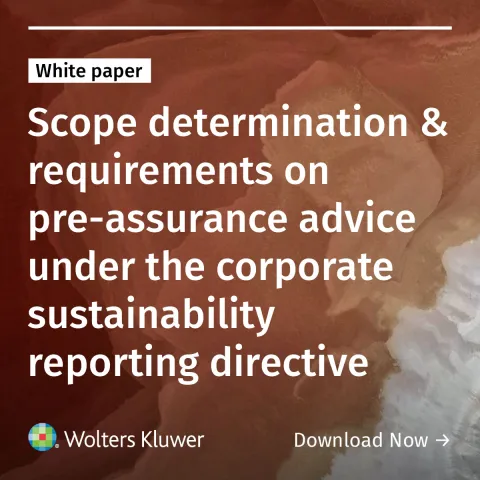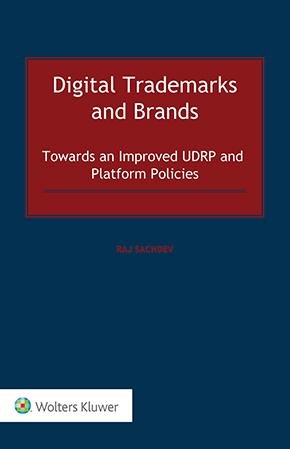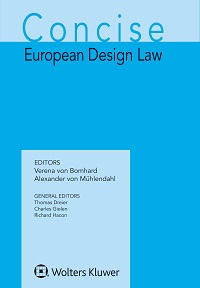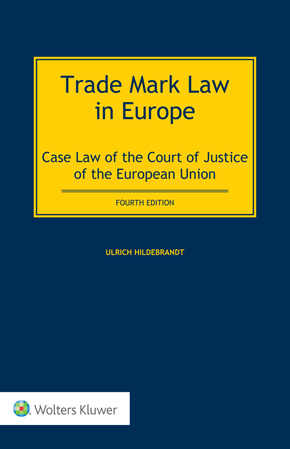Polish Supreme Court clarifies: administrative filings are not trademark “use”
August 12, 2025
A recent ruling by the Polish Supreme Court on 30 January 2025 (case II CSKP 2109/22) clarifies important aspects of what constitutes “use” in the context of trademark infringement.
In this case, the joint owners of a Polish trademark consisting of a verbal and graphical elements registered for fertilizers sued for trademark infringement. The defendant had submitted an application to the Polish Ministry of Agriculture and Rural Development to introduce a fertilizer under the same name as the word element of the word-graphic trademark. At that point, the defendant had not engaged in any sales, marketing, packaging, or other public activity involving the fertilizer’s name (sign). The only action was including the trademark’s word element in official documents submitted as part of an administrative procedure.
The Supreme Court emphasised that there had been no advertising, sales, packaging, or other public use of the word element of the trademark. There was no evidence of employing the complete verbal and graphical form of the protected sign in commerce. Merely entering the name in an administrative application does not constitute an infringement, unless the trademark is used as an origin indicator in the market. Furthermore, the Supreme Court clarified that in this case, the activity was limited solely to submitting an administrative request without actual deployment of the trademark in the marketplace or in communication with consumers. It highlighted that actions such as submitting applications or requesting permits are preparatory steps and do not, by themselves, qualify as “use” of the sign under trademark law. According to the Supreme Court, “use” involves active engagement with the graphical and verbal elements of the sign - features that consumers recognize as symbols of origin within a commercial environment. The Supreme Court reiterated that simply registering or mentioning a sign in an administrative context, without public or commercial deployment, does not amount to trademark infringement. Such acts are not “use,” because they do not serve the function of indicating the commercial source of a product or service to consumers.
This judgement underscores the importance of differentiating between preparatory acts (such as filing permits, applications, and strategic planning) and actual “use” of a trademark in commerce. While early signals like permits or preliminary announcements may influence the public perception, only active and public deployment of the trademark’s distinctive features in the market constitutes legal “use” and may affect the trademark function of indicating origin.
The Supreme Court’s focus on whether the full verbal-graphical form of the trademark was employed is less relevant than whether the trademark was used in a manner that creates a visual and cognitive link with the product as a source indicator. The emphasis is on tangible, recognizable use, such as on packaging, advertising, or labelling that consumers can associate with a specific source. The fact that the defendant merely entered the trademark's word in a pre-launch administrative request does not equate to use in commerce. Without actual deployment in advertising, labelling, or other public-facing activities, the conduct does not infringe.
Conclusion
The Supreme Court emphasizes that, for use to be infringement, it must involve tangible, recognizable deployment of the trademark’s graphical and verbal elements in the commerce. Merely submitting administrative documents or registering a name, without public or commercial use of a verbal element, does not constitute infringement. This clarifies the difference between preparatory acts and trademark use. While early signals can influence perception, only active, public use of the distinctive features of a trademark establishes infringement. Recognising this balance protects trademark assets while allowing legitimate activities for market entry. Moreover, a mere filing, such as a regulatory application, is neither “in the course of trade” nor “as a trademark,” according to the criteria set by the CJEU (C-179/15, Daimler). It is unrelated to offering goods or services bearing the mark; the use remains independent of registration and does not indicate origin in the marketplace. However, the CJEU entirely sidestepped the debate over whether this functional approach to “use” risks overlooking subtle early signals, such as promotional acts or permit filings, that can shape consumer perception before full market entry. Should the trademark law pay closer attention to these pre-launch signals?
fot. Pavel Stasevich - Shutterstock
You may also like



